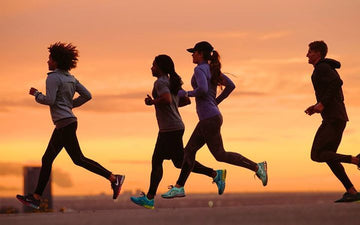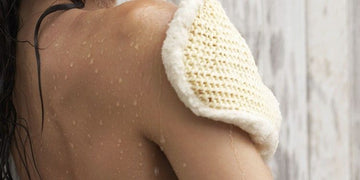More often than not, doctors will inform their patients when, where and if they could benefit from using compression stockings. In fact, it is always advisable to speak to a medical professional before getting started with compression therapy of any kind, just to ensure it is suitable for you.
But at the same time, we are gradually becoming more aware of the everyday instances, issues and professions where compression products can be beneficial. One of the most obvious of all being that of anyone who for any reason faces an elevated risk of blood clots in the legs, also referred to as deep vein thrombosis (DVT).
There are a lot of known and proven factors that can elevate the risk of DVT, which include sitting for long periods of time without movement, prolonged bed rest, hormone replacement therapy, use of birth control pills, inflammatory bowel disease, any family history of DVT, pregnancy and a number of clotting disorders inherited genetically.
It is for this reason why it is becoming increasingly common to see flight attendants, pilots and indeed many airline passengers wearing compression socks while flying. Generally speaking, sitting for long periods of time isn’t necessarily harmful, as we tend to move, stretch and generally keep our limbs active to a certain extent. When cooped-up in an airline seat for hours on end, it is borderline impossible to move in the same way. In fact, such is the popularity of compression stockings among air travellers and workers that they are often marketed as ‘flight socks’.
Other groups that may benefit significantly by wearing compression garments on a day to day basis include those who suffer from varicose veins, general circulatory problems, leg swelling and leg ulcers. In such instances, it is advisable to speak to a medical professional for advice and support, with regard to exactly which products should be used, when and for what kind of duration.
Apart from actual health benefits, anyone who spends a lot of time standing up may find that compression therapy can be effective in improving the day to day comfort. The reason being that the primary purpose of compression garments is to improve and ease the circulation of blood around the body, which for obvious reasons has a considerably more difficult time when the individual in question is standing up.
As already mentioned, many athletes routinely turn to compression therapy as a means by which to improve their overall performance, though there is insufficient evidence to suggest that it is in fact effective.





